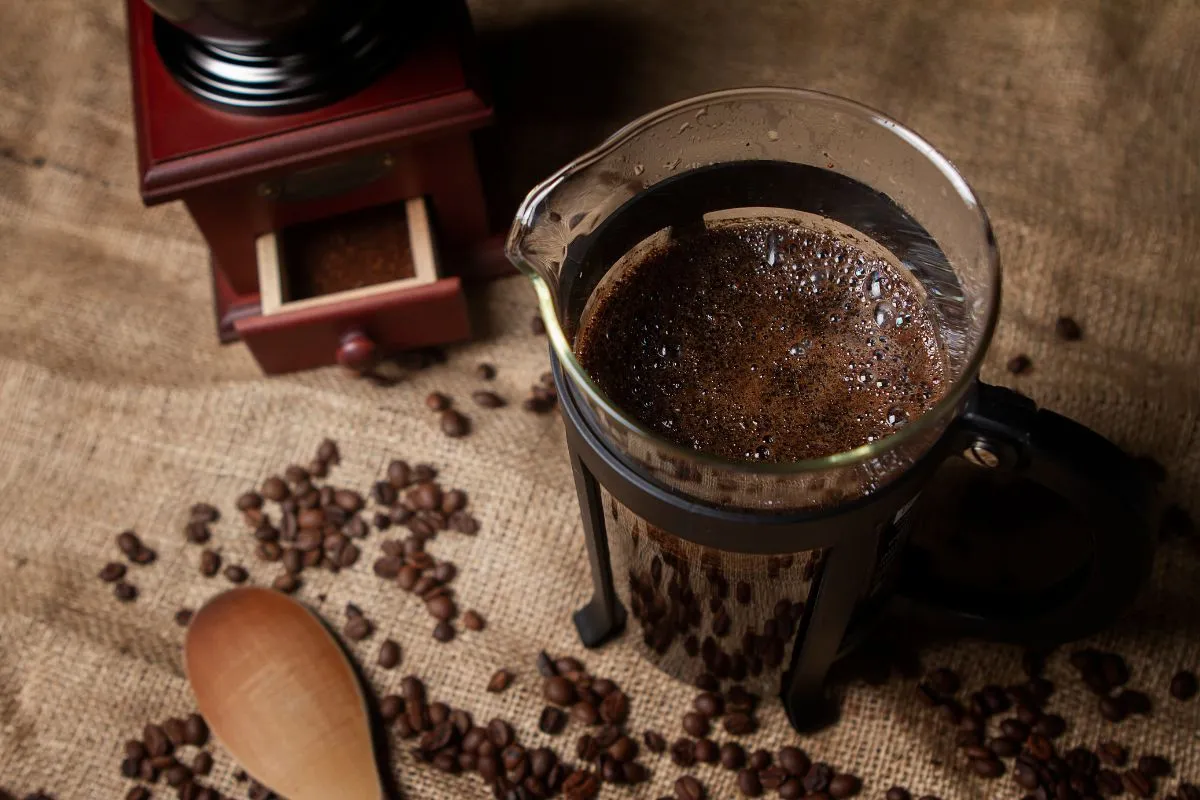
Coffee Chronicles: A Journey through the World of Coffee Varieties and Flavors
Since its discovery, coffee has been one of the world’s most loved and widely consumed drinks. It’s possible to discuss coffee by discussing the wide varieties across countries and continents. From creamy Italian espresso blends to spicy Latin American French roasts, there is something for everyone regarding this popular drink.
Today we’ll be talking about the various types of coffee, their different flavors and properties, and some lesser-known facts related to this beloved beverage. So fasten your seatbelts as we voyage through the ever-evolving world of coffee.
An Overview of Coffee Varieties and Flavors
As one of the most widely consumed beverages in the world, coffee has garnered a vast array of varieties and flavors. From rich, bold roasts to delicate, floral blends, coffee lovers can explore endless texture, aroma, and taste combinations. Originating in Ethiopia in the 15th century, coffee has become an essential part of global culture, with each region adding its unique touch to its production and consumption.
Some of the most common coffee varieties include Arabica, Robusta, and Liberica, each with distinctive features that appeal to different palates. Additionally, coffee flavors can range from fruity and chocolatey to nutty, spicy, and caramel-like. Whether you prefer hot or cold coffee, black or creamy, there is a world of coffee varieties to discover. Check out https://angelinos.com/collections/subscription-boxes for a range of delicious coffees.
Exploring Different Types of Coffee Beans
Coffee beans are the seeds of the coffee plant and come in two main varieties: Arabica and Robusta. Arabica beans account for around 60-70% of the world’s production, producing a mild flavor with chocolate, nuts, and caramel notes. They are also known to contain lower levels of caffeine than their Robusta counterparts.
Robusta beans produce a more full-bodied cup with higher levels of caffeine. Robusta is often used as an ingredient in pre-ground coffee blends because it enhances strength and body without compromising its taste. Lastly, Liberica is another type of bean that has recently made its way onto the scene; however, this variety has yet to catch on due to its rarity and limited availability.
Roasting Techniques and the Effects on Flavor
The roasting process is crucial in developing any coffee bean’s flavor. The roast level can range from light to dark, and each roasting technique has characteristics that can bring out different notes and nuances in the final product. For instance, lighter roasts are typically easier on the stomach and contain more acidity, whereas darker roasts have a bolder taste with fewer acidic properties.
Additionally, certain roast types may hint at chocolate or nutty flavors, while others may accentuate fruity undertones. It’s important to note that all coffees should be freshly roasted for optimal quality and flavor; pre-ground beans tend to lose their aroma and flavor if left standing too long.
Brewing Methods and Their Impact on Taste
The brewing method you choose can significantly impact the flavor of your coffee. French press or espresso are two popular coffee-making methods, and each produces a unique cup with its own set of characteristics. French press coffees tend to be more full-bodied and contain more essential oils, while espressos are usually more substantial and have a crema layer on top.
On the other hand, pour-over brewing is another common technique that many prefer because it’s considered less acidic than the others. Finally, cold brews are becoming increasingly popular due to their smooth taste; this type of coffee requires steeping grounds in room temperature water for several hours before straining them out.
Understanding Espresso and its Preparation Processes
Espresso is a type of coffee made from finely ground beans that are brewed under pressure. It’s generally served in small cups and has a thicker, creamier texture than regular drip-filtered coffees. This particular brewing method was invented in Italy in the early 1900s, and it has since become an integral part of international coffee culture.
To make espresso properly, one must follow precise steps; first, evenly grind your coffee beans and add them to the portafilter. Next, tamp down the grounds using a tamper before turning on the espresso machine until you get a shot with around 25ml of liquid. Finally, practicing proper temperature control and frothing milk techniques is essential if making a cappuccino or latte.
The Art of Latte Making – Adding that Special Something to Your Beverage
Latte art is pouring steamed milk into espresso to create designs such as hearts, leaves, and rosettes. This art form has become popular recently thanks to its delightful characteristics, and Instagram-worthy looks. Heat your milk before adding it slowly to a freshly brewed espresso to make a latte.
Once you’ve achieved the desired consistency, use a spoon or toothpick to trace shapes on the crema layer. If done correctly, these designs will stay intact until the last sip. The key to getting beautiful latte art is practice; with enough patience and dedication, anyone can master this delightful craft.
In Conclusion
Coffee is a beloved beverage enjoyed by people all over the world. From its origins to its various types, roasts, and preparation processes, coffee has come a long way since it first burst onto the scene hundreds of years ago. While there is still much to learn about this delightful drink, one thing is for sure: Coffee will continue to delight us with its endless varieties and unique flavors. Look at the coffee world today and discover what this beloved beverage offers.







